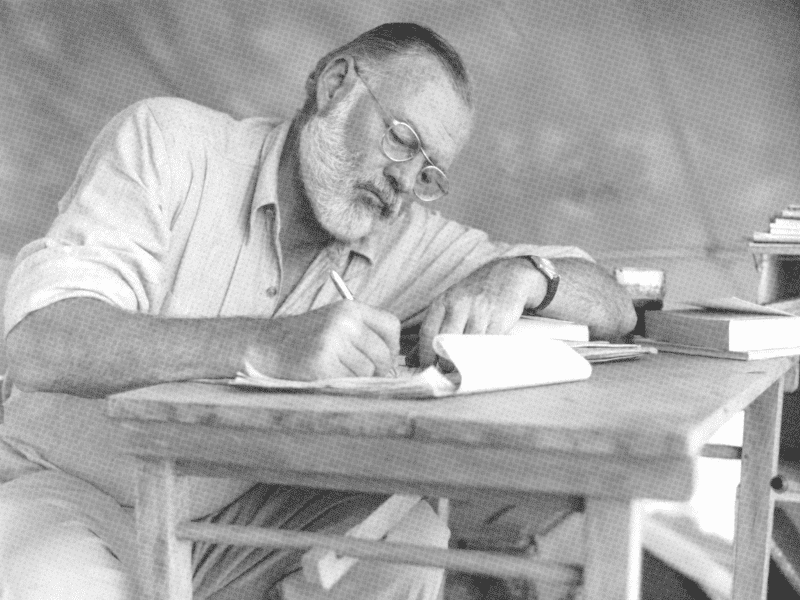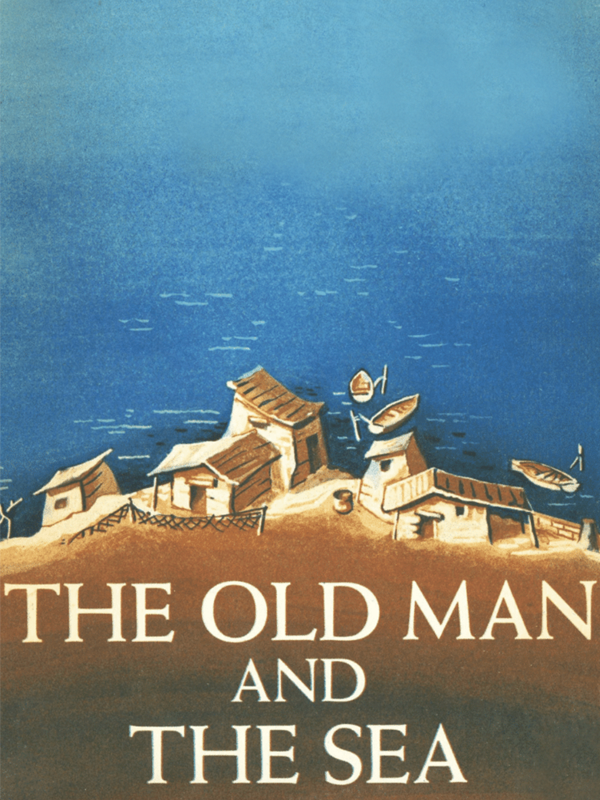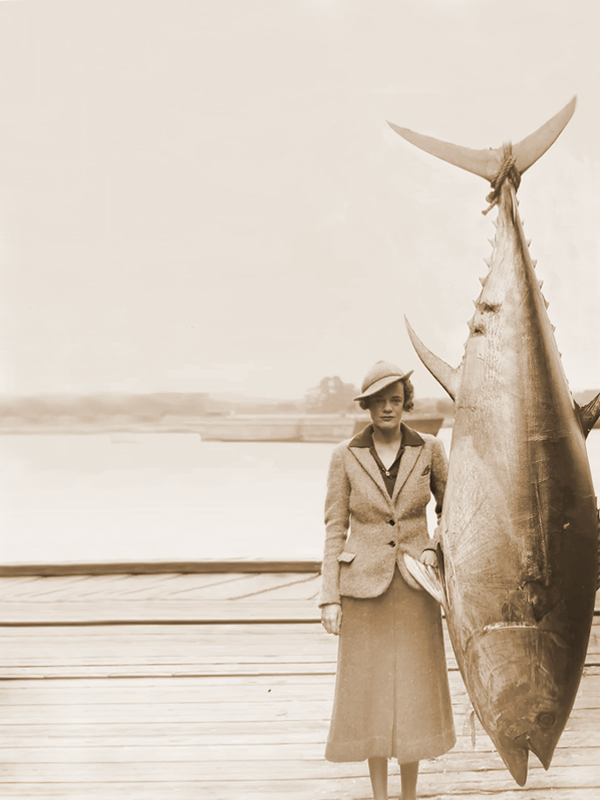
Hemingway fishing
Hemingway fishing

Entire books have been written about the journalist, the writer, the adventurer, the war correspondent, the hunter and many other facets of his life. We will focus here only on Ernest Hemingway, the fisherman.
If he is mostly known by the general public for his fishing exploits with “Big Game Fish” (marlin, tuna, swordfish…), “Papa” also fished for trout and salmon with a fly. He was a real fisherman who took as much pleasure in catching a marlin of more than a thousand pounds, as in catching a trout of one pound. It was in the freshwater streams and lakes of northern Michigan, where his father often took him when he was only four or five years old, that he caught his first fish.
The memories of trout fishing, or rather brook trout fishing, from his adolescence gave material for many short stories such as “Big Two-Hearted River” or “The Nick Adams Stories”, published between 1922 and 1933. During his first stay in Paris, as a foreign correspondent for the Toronto Star, he wrote several reports on fishing during his travels through Europe: Tuna fishing in Spain, February 1922, Fishing the Rhône canal, June 1922, Trout fishing in Europe, November 1923.
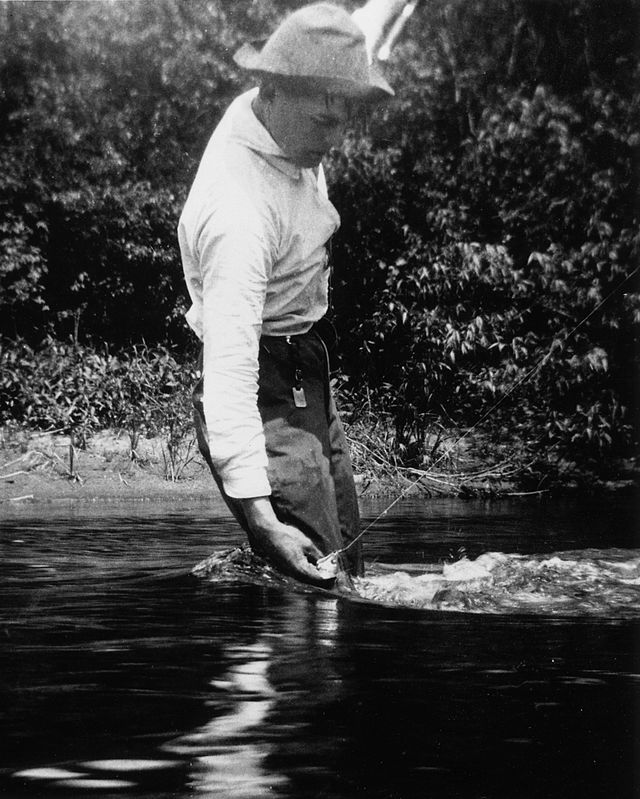
Ernest Hemingway at age 17 on a Michigan river.
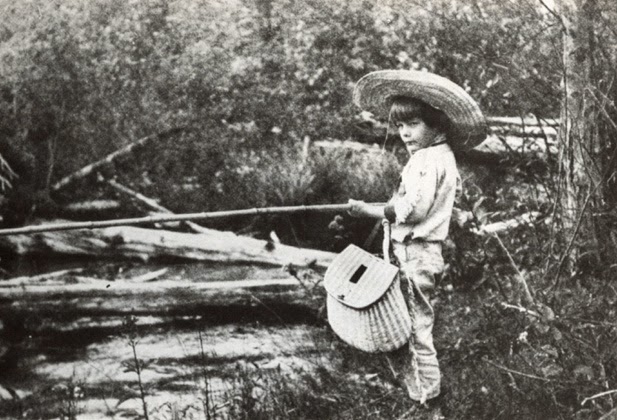
At the age of six or seven, he was fishing for trout (actually brook trout) with a grasshopper in the streams of Michigan.
Although he is best known for big game fishing, “Papa” was also a fly fisherman.
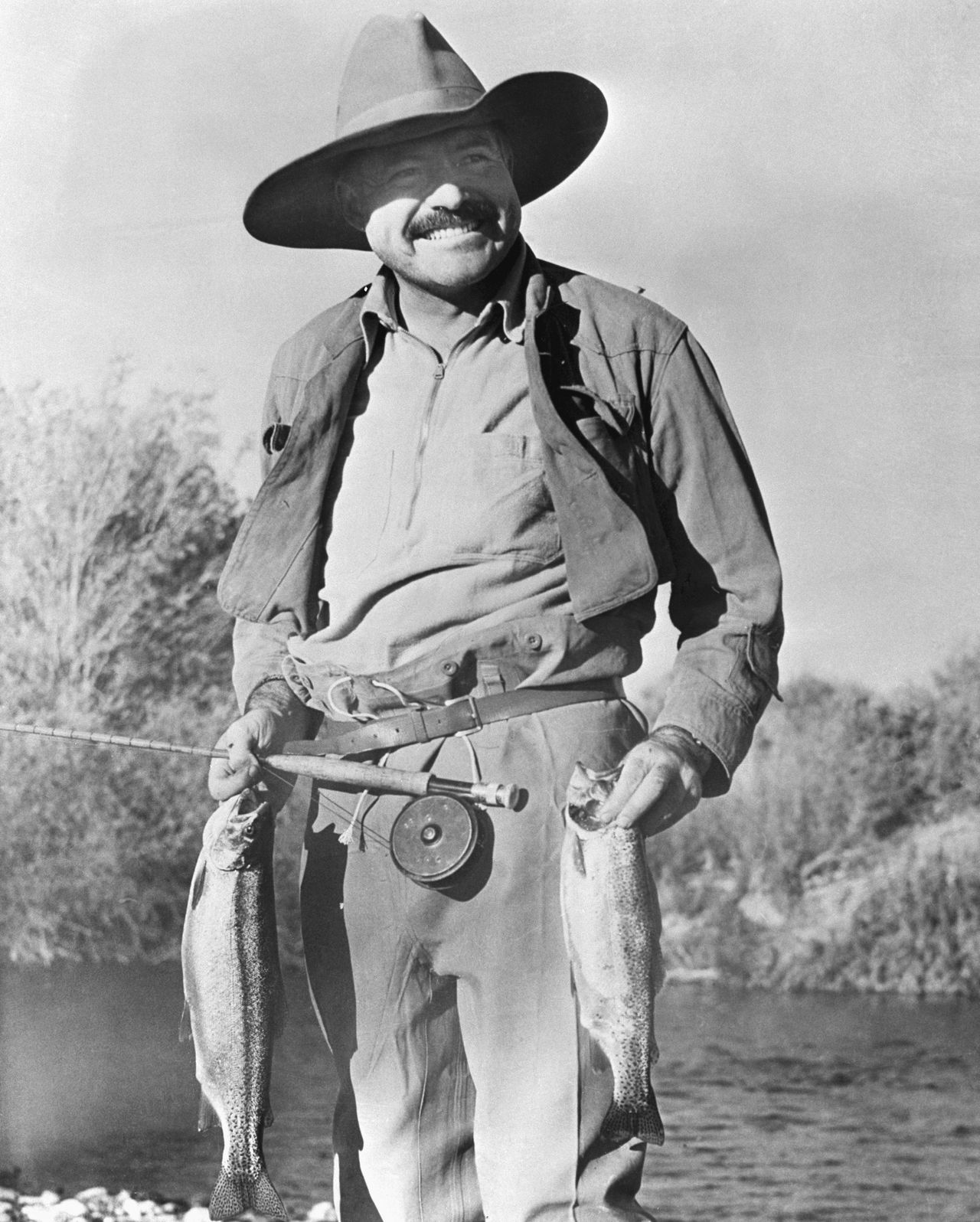
In Sun Valley, Idaho, Hemingway is happy to show off the two beautiful rainbow trout he just caught. The rod and reel are Hardy's.
His novelist friend and also fisherman, John Dos Passos, persuaded him in 1928 to come and meet him in Key West. Ernest Hemingway was beginning to be known, because the publication the previous year of his book “The Sun also Rises” had been an immediate success. He immediately fell in love with the city, which at the time was just a large fishing village with colonial charm. Dos Passos had him catch his first sailfish and tarpon, and two years later, with the money from “A Farewell to Arms” published in 1929, Hemingway bought a magnificent Spanish colonial style house in Key West, which is now a museum. Very quickly the sail-fish and tarpon of Florida held no secrets for him. In 1932 he made his first trip to Cuba, crossing the Gulf Stream in the small boat of Joe Russel, the somewhat smuggler owner of the famous Key West bar, “Sloppy Joe’s”. In Havana, Ernest Hemingway discovered not only the big island but also its marlins…

Ernest, in a striped shirt, and a little marlin from the Gulf Stream, aboard the Pilar, his famous boat.
It was at the age of 29 that Hemingway’s passion for deep-sea fishing was really triggered.

The first blue marlin caught in Bimini that was not mutilated by the sharks that swarmed these waters. It took extraordinary strength to fight and defeat these large fish as quickly as possible before the sharks attacked.
The Gulf Stream and the large billfish predators that hunt in its blue waters would prove to be a real challenge for him. In the space of three short fishing seasons, he had certainly become the best specialist in the fishing of these large fish. In 1934, during his third visit to Cuba, he caught more than fifty marlin. That year he published a scientific study on the fish of this family, which is still today an authority in this part of the world. Let us note here in passing that the fantastic big fish of “The Old Man and the Sea” was not a swordfish, thus transformed by a magic dictionary of La NRF « Nouvelle Revue française » (Gallimard publications), but a giant blue marlin as a few still prowls today in the dark waters of the Gulf Stream. It was in the early thirties, about twenty years before this became the subject of “The Old Man and the Sea”, that Hemingway heard about the misadventure of an old Cuban fisherman who, while fighting a gigantic marlin, was dragged into the Gulf Stream for two days and two nights. When he was finally able to harpoon his fish, the sharks began to attack. The old man was found by other fishermen, half dead of thirst, delirious in his boat while the sharks were still circling the boat.
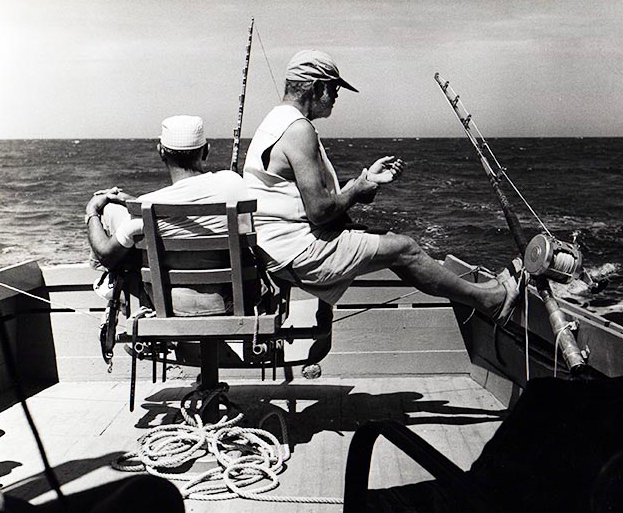
In the Gulf Stream off Cuba, "Papa" aboard the Pilar waits for the touchdown.
During his third visit to Cuba, he caught more than fifty marlins.
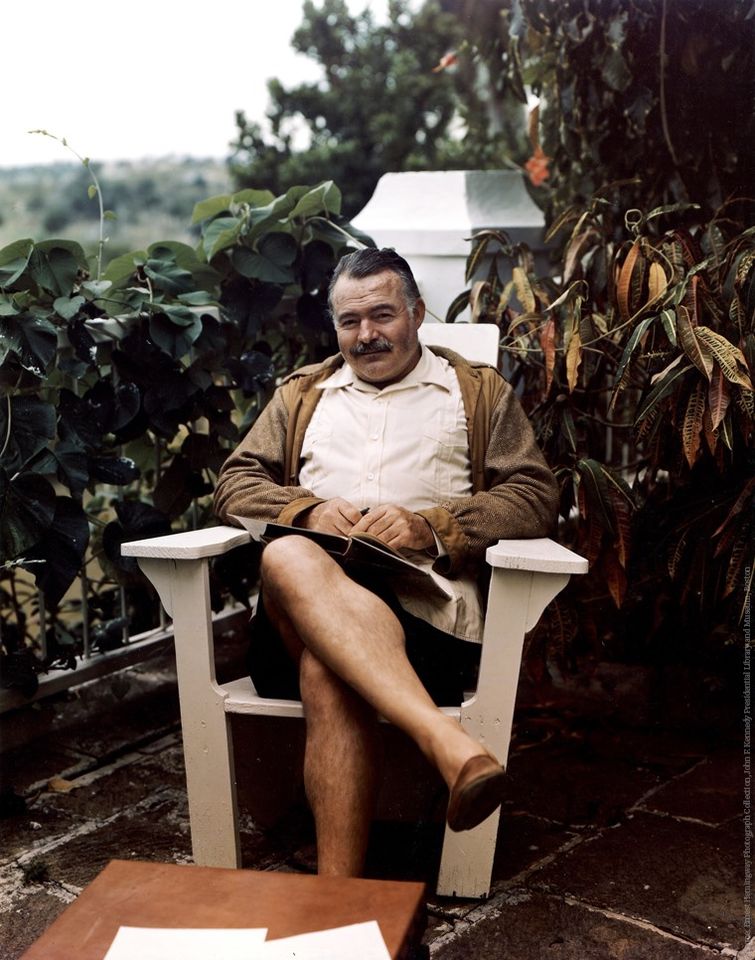
Hemingway did not only write, he also read a lot the great French and Russian authors, among others.
In 1939, Hemingway was the first Vice President of the prestigious international organization IGFA (International Game Fish Association) for the protection of large fish around the world. It was he who laid down the rules for big game fishing: “The development of big game fishing was delayed for many years by equipment that was unsuitable for these large fish. Today, this type of fishing is on the verge of becoming totally uninteresting from a sporting point of view, precisely because of the development in recent years of equipment that is too efficient… The equipment available today is too often justified by the understandable desire of fishing guides who want to get their clients to catch large fish, while the latter are physically incapable of bringing these fish to the gaff in an honest and sporting manner… Fishermen when they tell about their fight with a big fish, forget to say that the latter has a hook stuck in the jaw, the bottom of the throat or the stomach. It seems to me that it is already an advantage enough for the fisherman, that it is the fish and not he who has the hook in his mouth, and that if he wants to be proud of his capture, he must bring the fish by his own effort, holding the rod and reel in his hands, or if they are too heavy, supporting the weight by a harness on his shoulders or on his back. Finally, he must not receive any external help until the leader is brought by him and him alone, within reach of the guide who assists him.”
One could not be clearer, the ethics of great sport fishing was recalled and the rules of the game defined.
In 1939, he became the first Vice President of the International Game Fish Association (IGFA).
